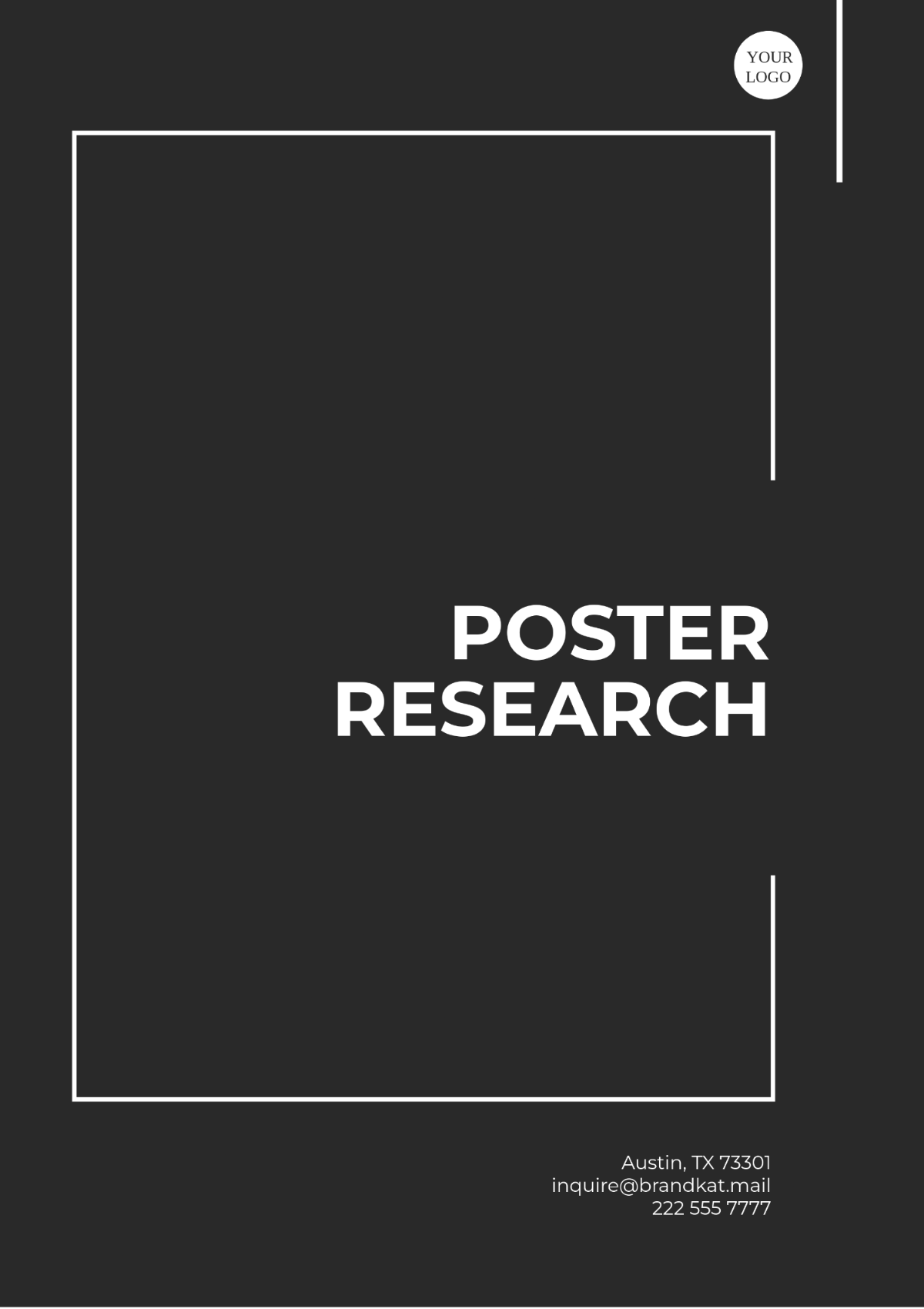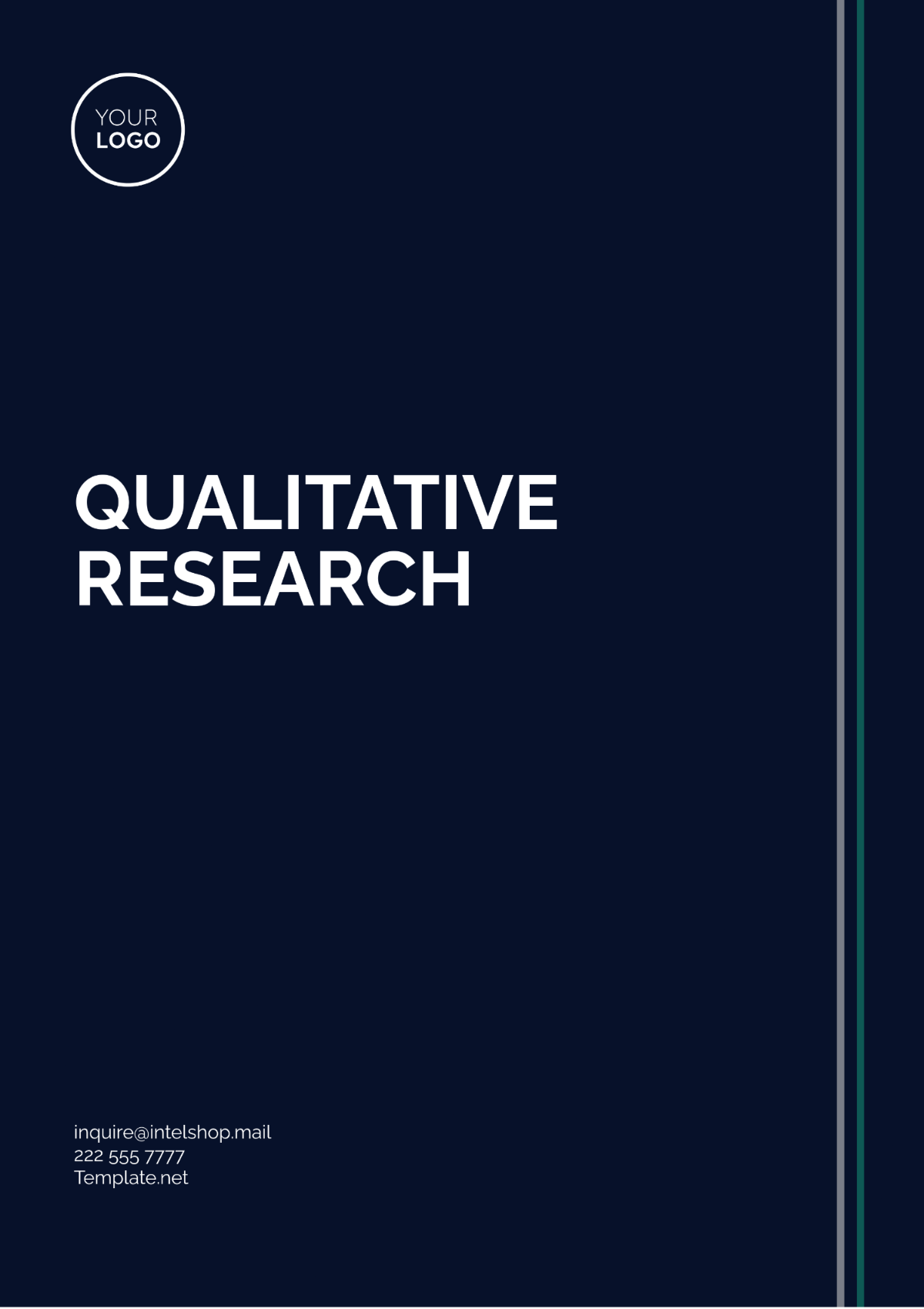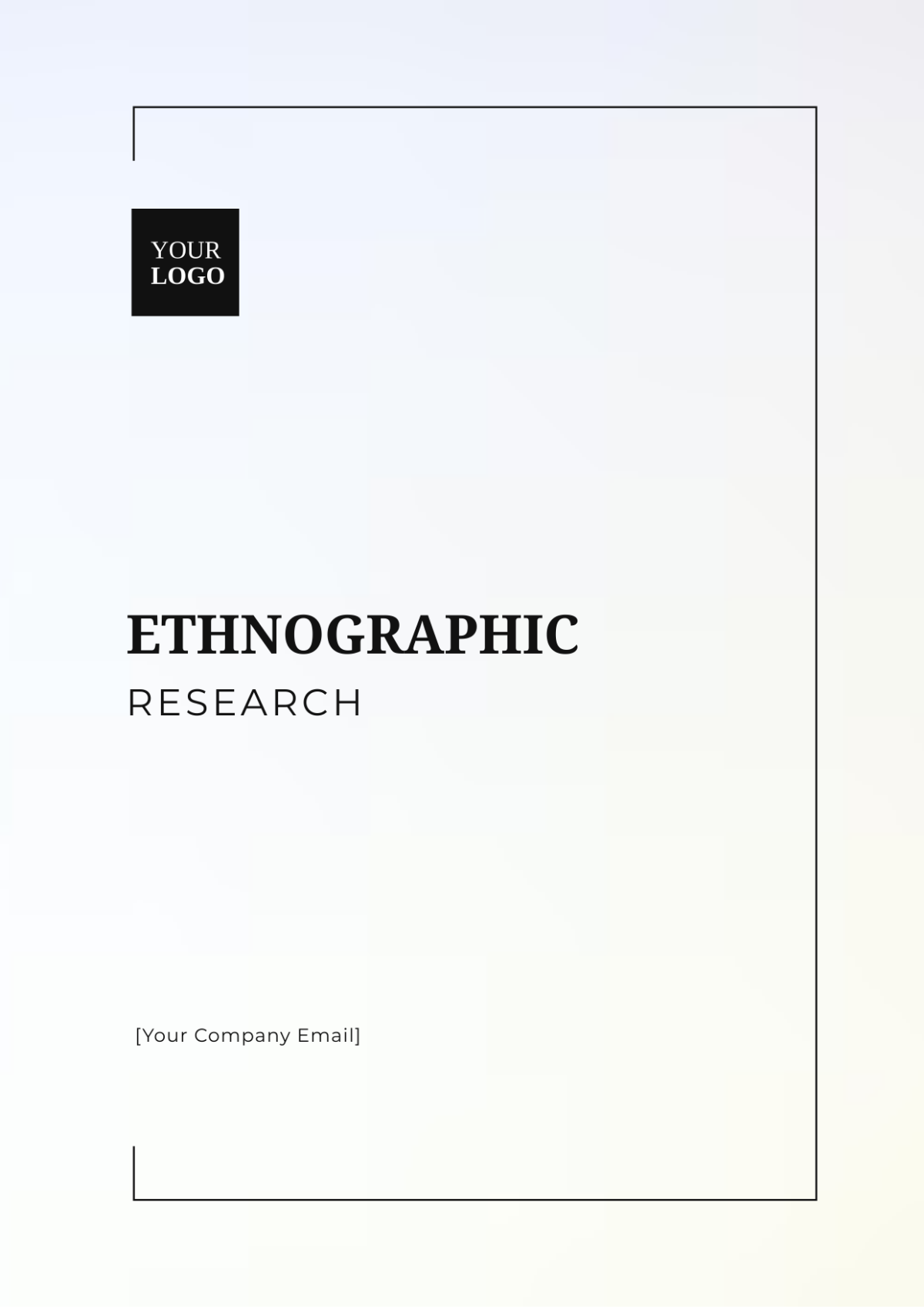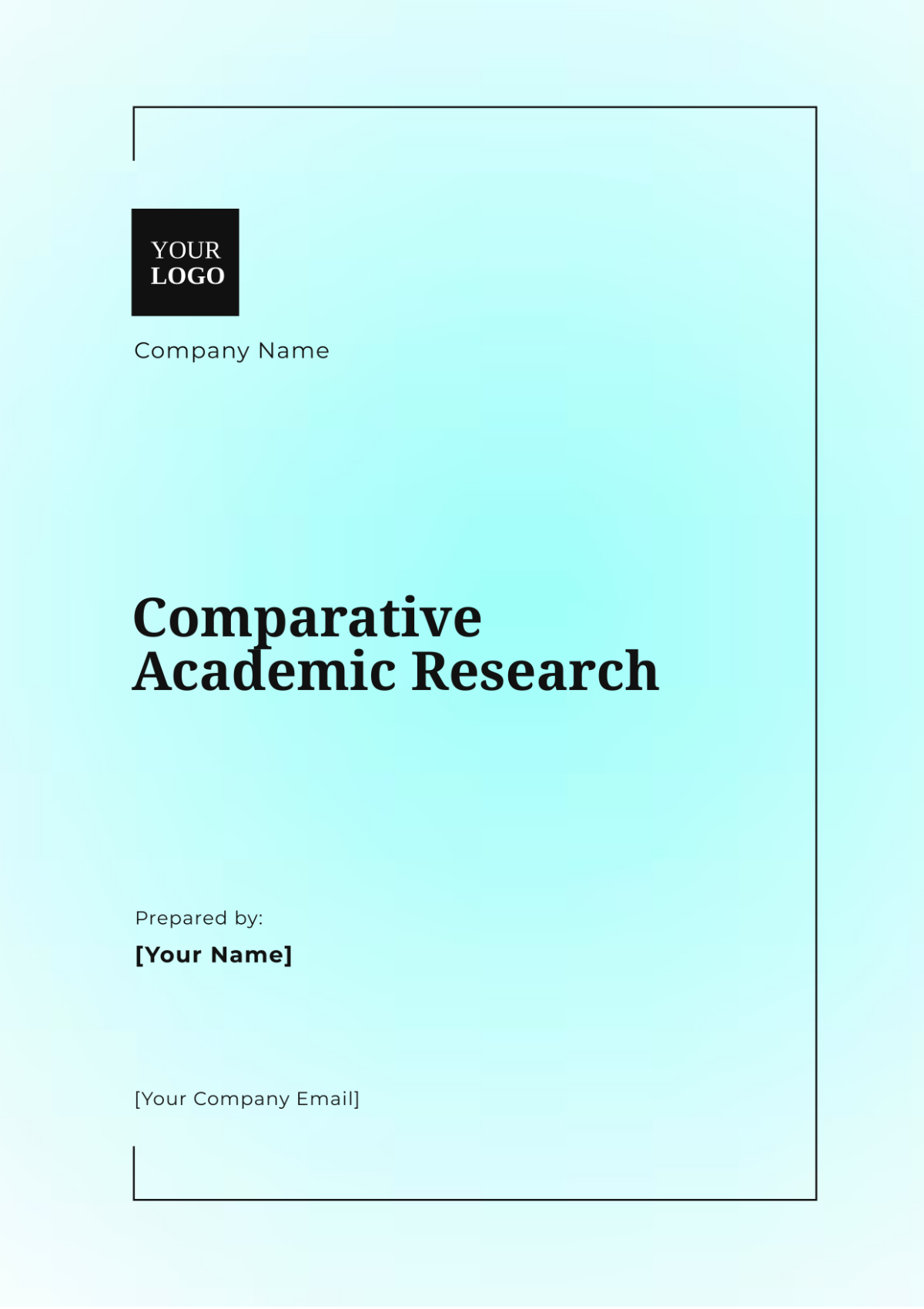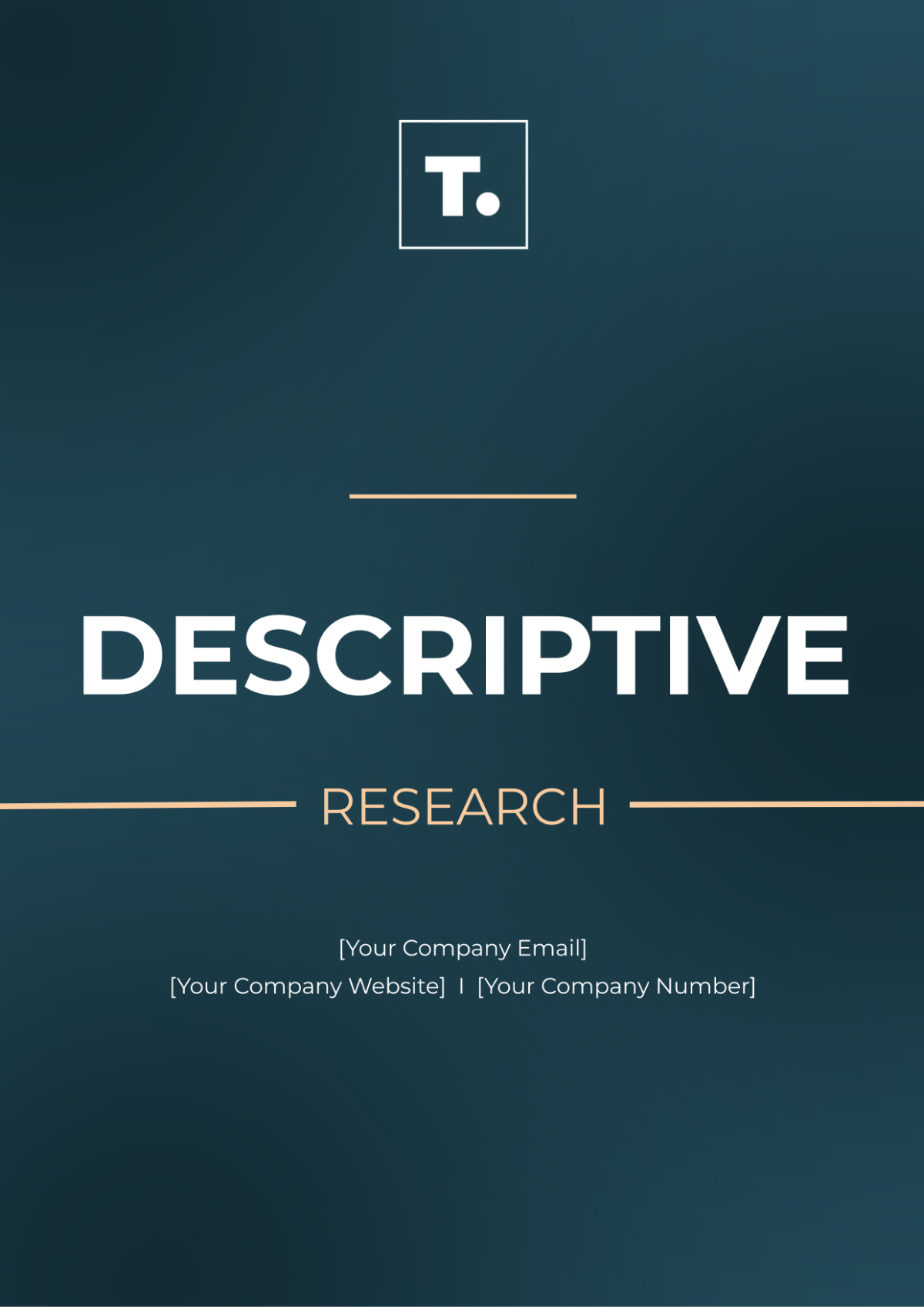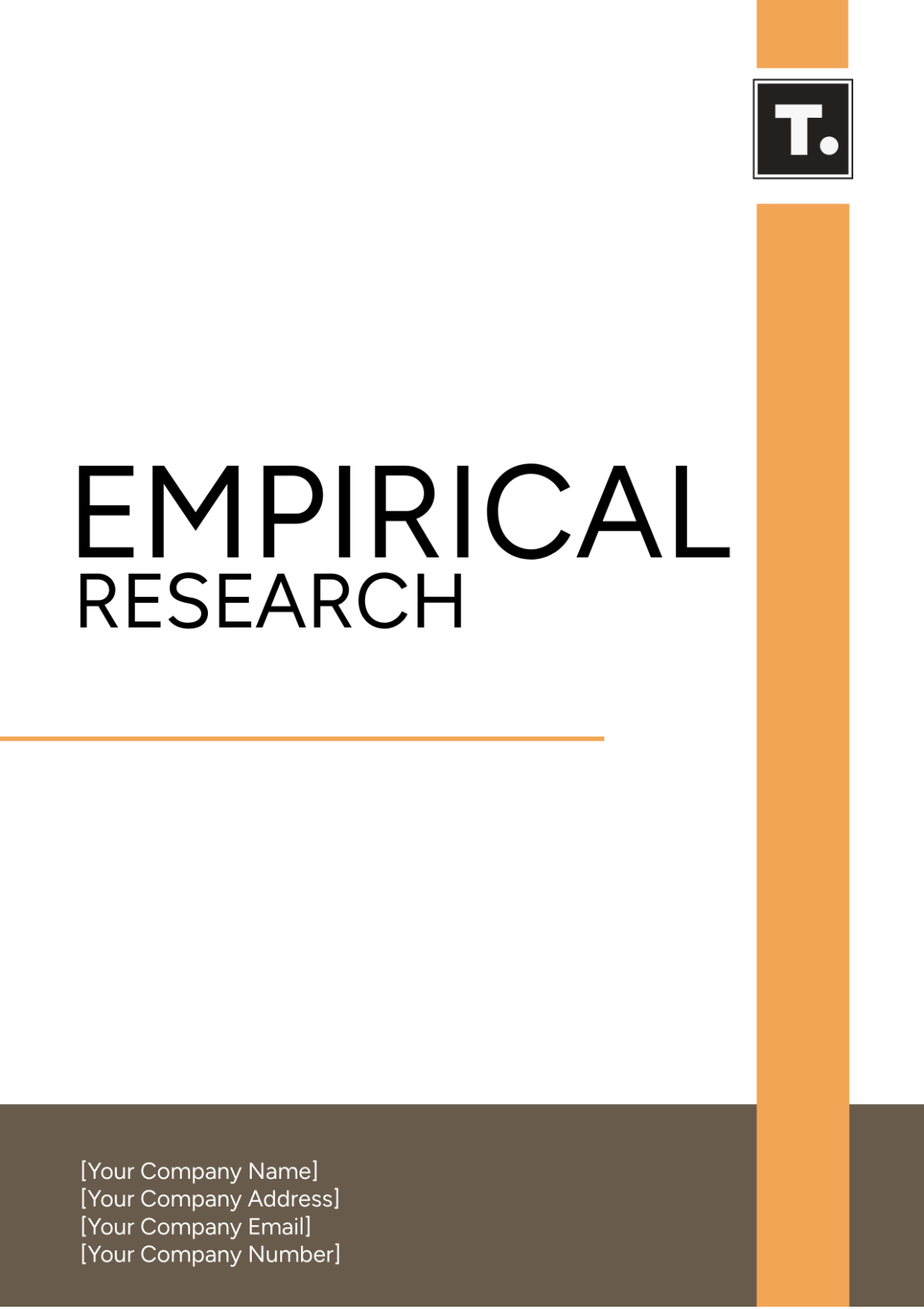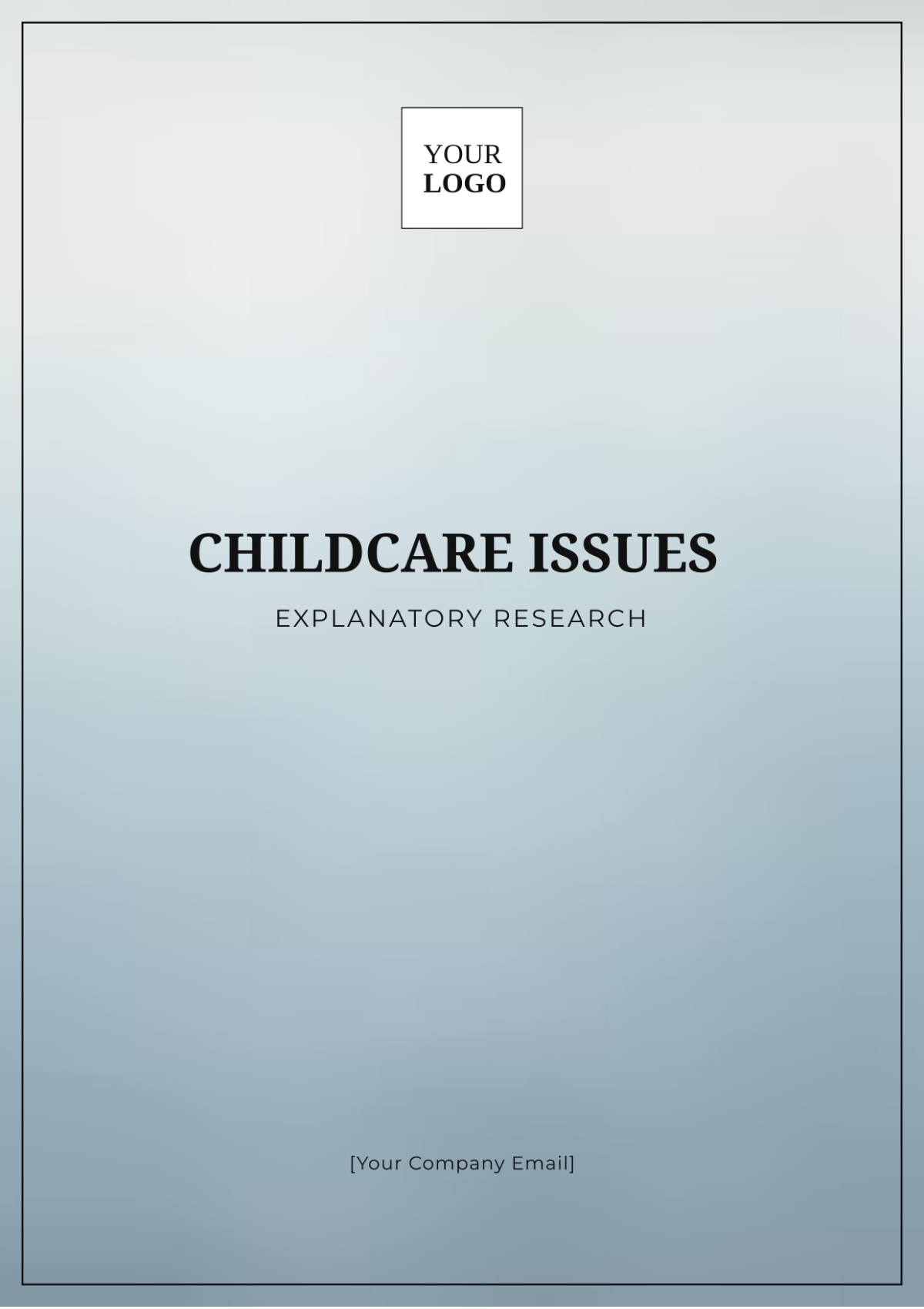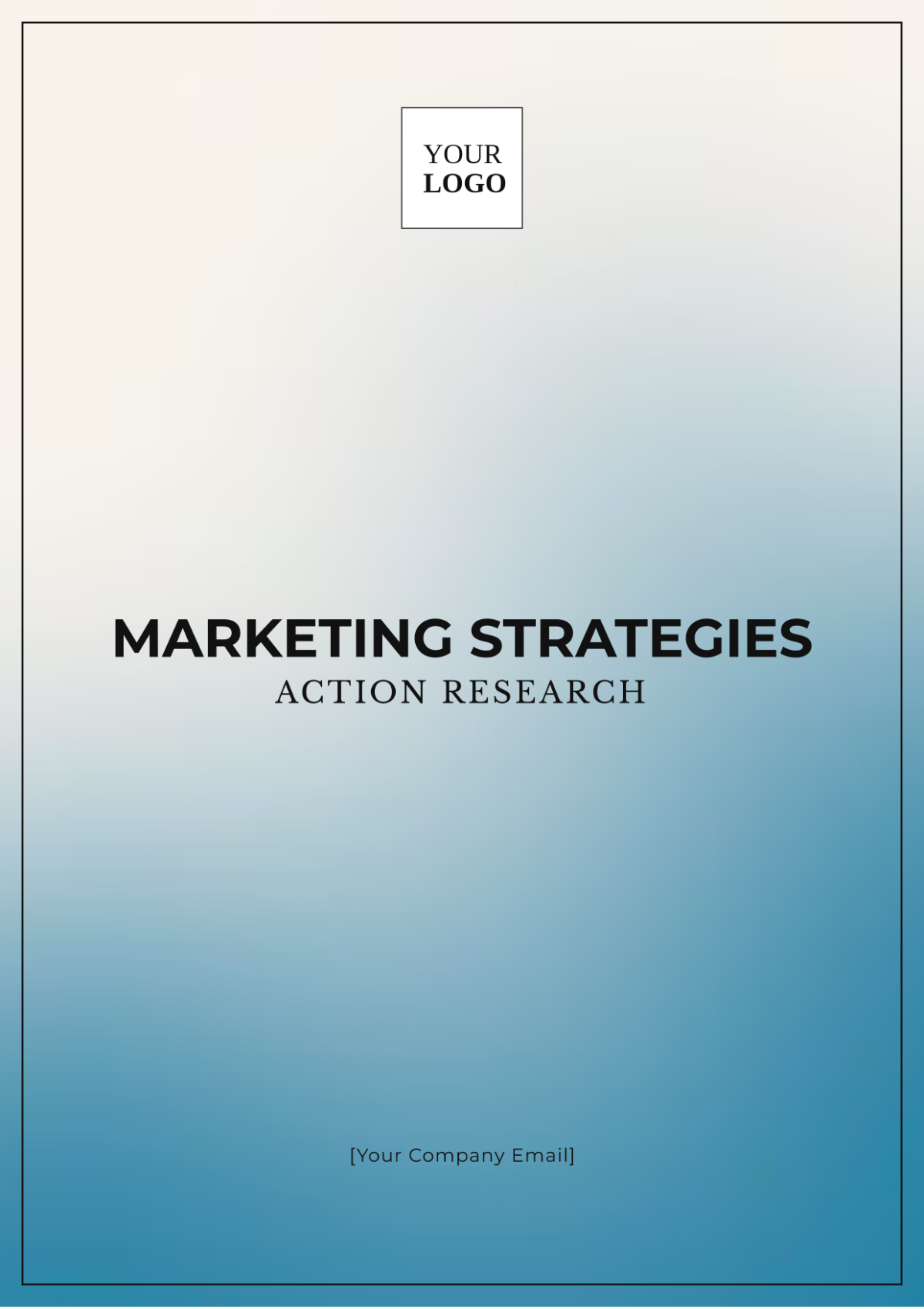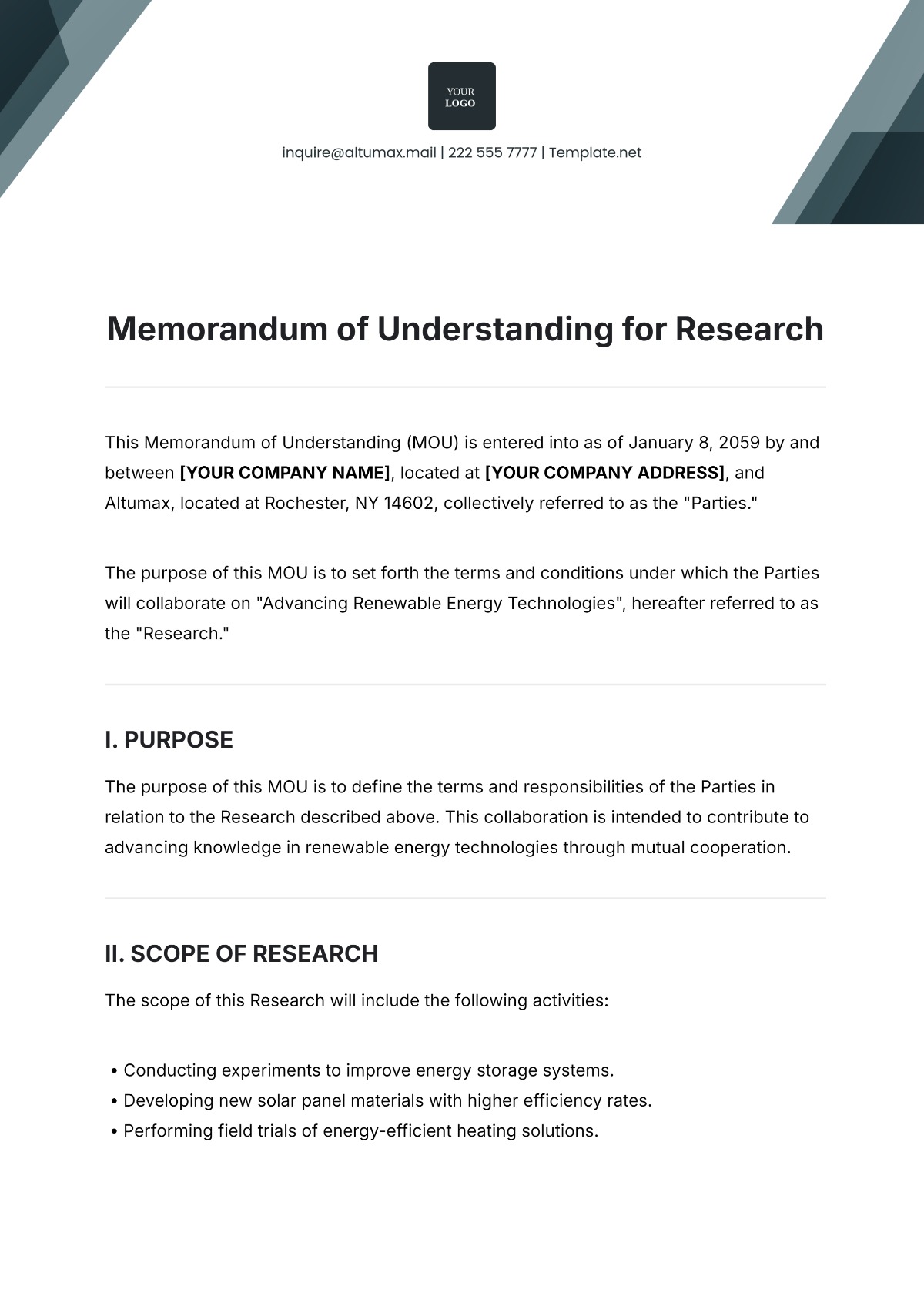Eco-Friendly Design Research Problem
Prepared by: [YOUR NAME]
Date: [DATE]
Eco-friendly design, also known as sustainable design, seeks to reduce negative impacts on the environment by employing various strategies that promote energy efficiency, the use of renewable resources, and waste reduction. This research critically examines the specific challenges and issues related to creating sustainable and environmentally responsible designs. It aims to address and resolve problems that encourage eco-friendly practices in design processes, materials, and product development.
I. Introduction
In recent times, the urgency to adopt eco-friendly design has intensified due to the escalating environmental crises. Key sectors such as architecture, product design, and manufacturing have significantly adopted these practices to contribute to a sustainable future. However, numerous challenges and issues need to be addressed to ensure comprehensive eco-friendly design solutions.
II. Challenges in Eco-Friendly Design
A. Material Selection
One of the primary challenges in eco-friendly design is the selection of sustainable materials. Designers must balance aesthetics, functionality, and environmental impact, which can be difficult due to the limited availability of truly sustainable options.
B. Cost Implications
The higher initial costs associated with sustainable materials and processes often deter designers and manufacturers from incorporating eco-friendly practices. Although long-term benefits exist, the upfront investment can be prohibitive.
C. Lack of Awareness and Knowledge
There is a gap in understanding eco-friendly practices among designers and consumers. Education and awareness about sustainable options and their benefits are crucial for widespread adoption.
D. Technological Limitations
Current technology may not always support the development and implementation of sustainable designs. Innovations that align with eco-friendly principles are necessary to overcome these technological barriers.
III. Strategies for Promoting Eco-Friendly Design
A. Sustainable Material Innovation
Research and development into new materials that are both sustainable and functional can bridge the gap between eco-friendly needs and design requirements. This includes materials that are recyclable, biodegradable, or derived from renewable resources.
B. Cost-Benefit Analysis
Conducting thorough cost-benefit analyses can highlight the long-term savings and environmental benefits of sustainable practices, thereby justifying the initial investment.
C. Education and Training
Providing education and training programs for designers, manufacturers, and consumers can promote awareness and understanding of eco-friendly design principles. Workshops, courses, and seminars can be useful tools.
D. Technological Advancements
Investing in and adopting advanced technologies that facilitate sustainable practices can address many of the existing limitations. Development in green technologies, such as energy-efficient production processes and waste reduction systems, is essential.
IV. Case Studies
Case Study | Eco-Friendly Strategies Applied | Outcome |
|---|---|---|
Green Architecture Project | Use of recycled materials, energy-efficient systems, green roofs | Significantly reduced energy consumption and waste. |
Sustainable Product Design | Eco-friendly materials, modular design for easy recycling | Increased product lifespan and recyclability. |
V. Conclusion
The transition to eco-friendly design requires a multifaceted approach addressing material selection, cost implications, awareness, and technological limitations. By adopting comprehensive strategies such as sustainable material innovation, cost-benefit analyses, education, and technological advancements, both challenges and issues inherent in eco-friendly design can be effectively mitigated, paving the way to a more sustainable future.
VI. References
Smith, J. (2050). Sustainable Design: Principles, Paradigms, and Case Studies. New York: Green Publishing.
Jones, L. (2051). The Eco-Design Handbook. London: Thames & Hudson.
Brown, K., & Taylor, M. (2052). Renewable Resources and Sustainability. Chicago: EcoBooks Ltd.





